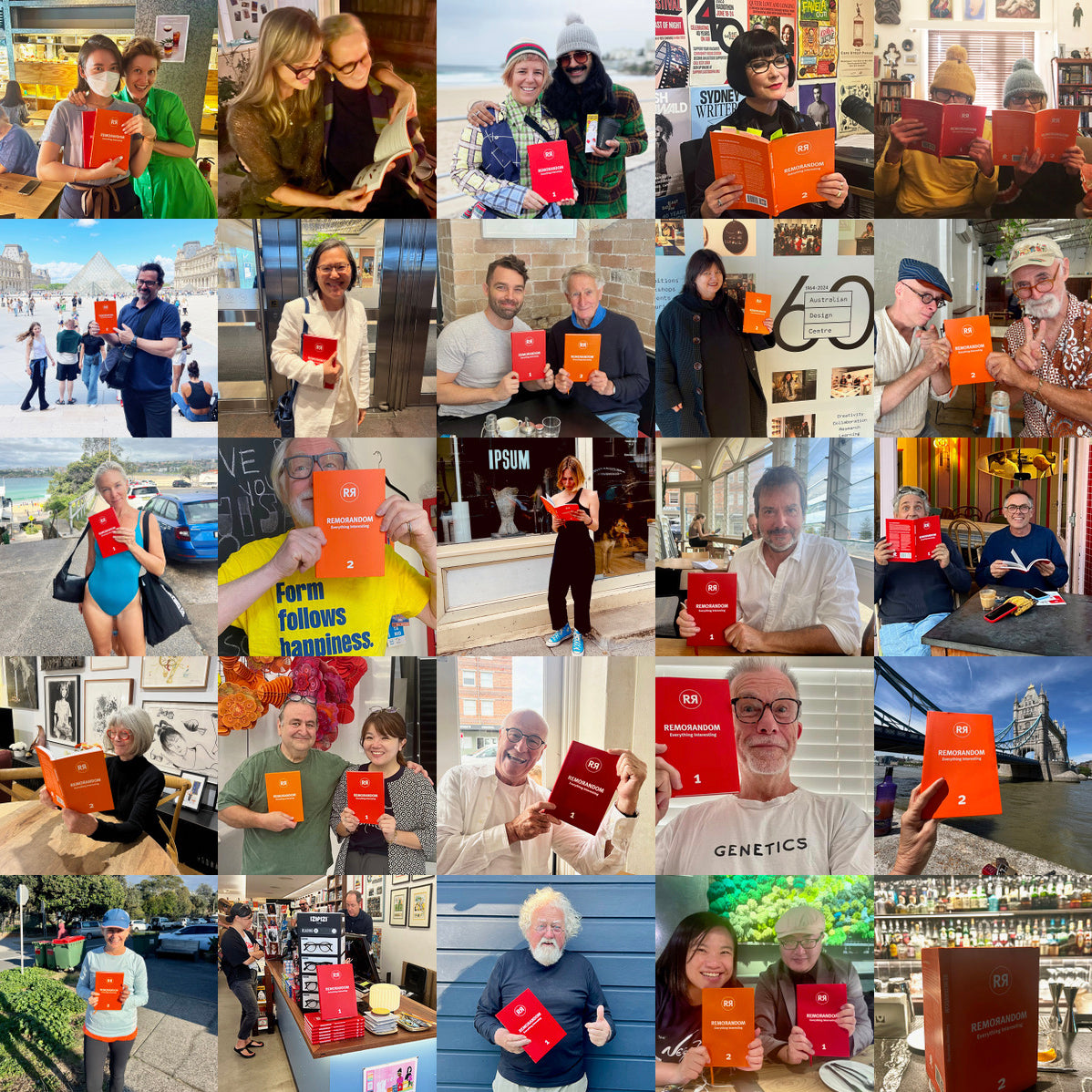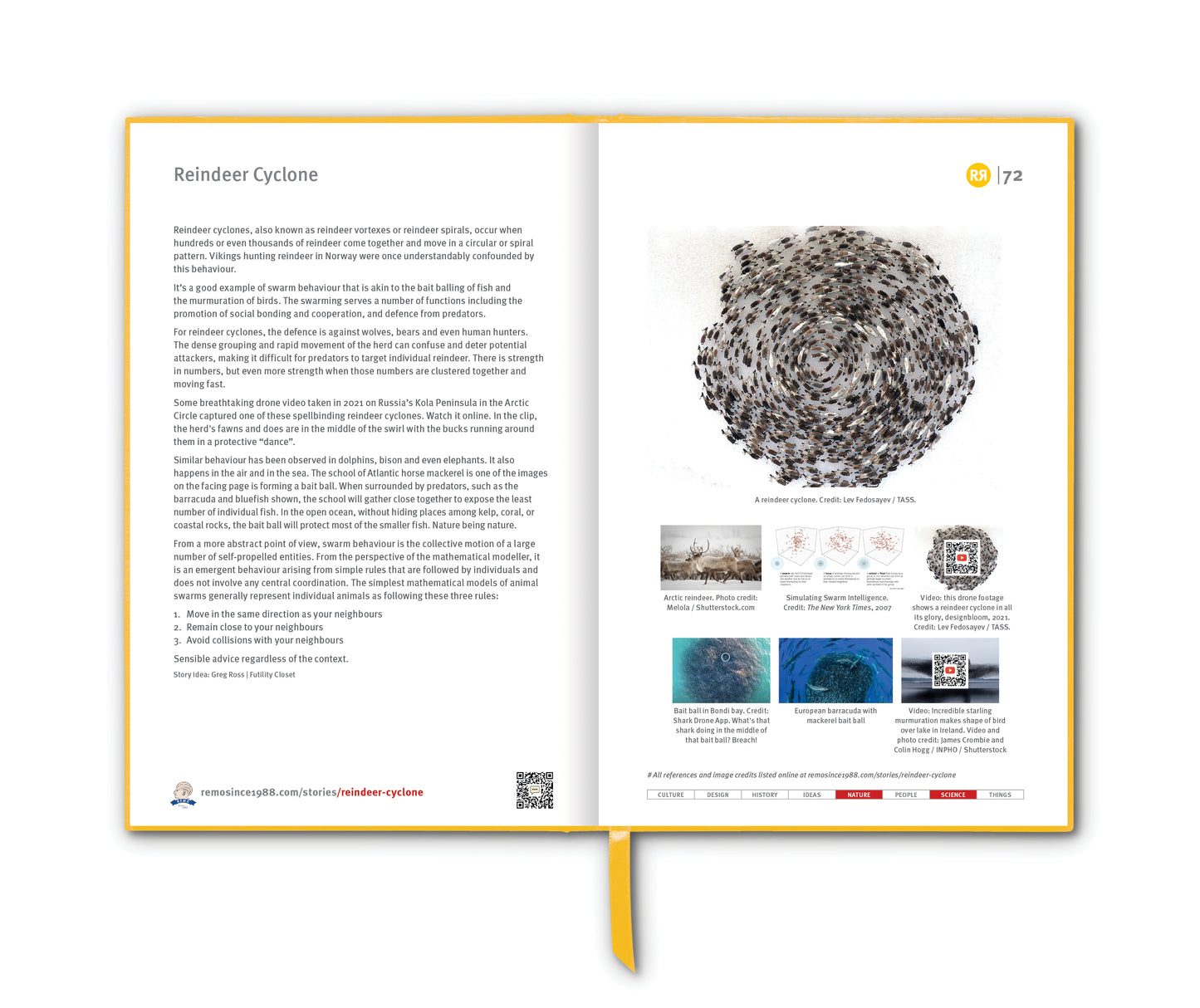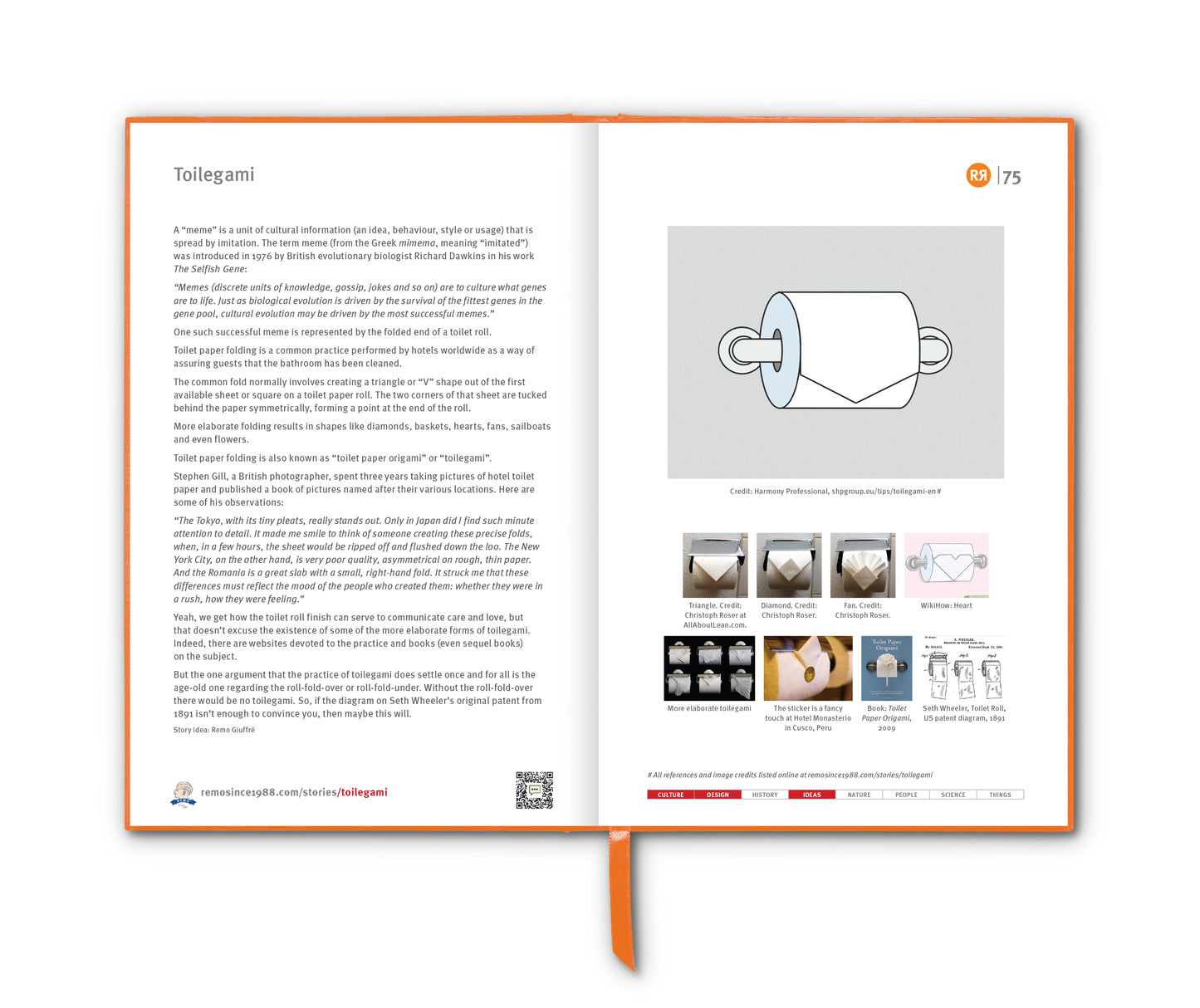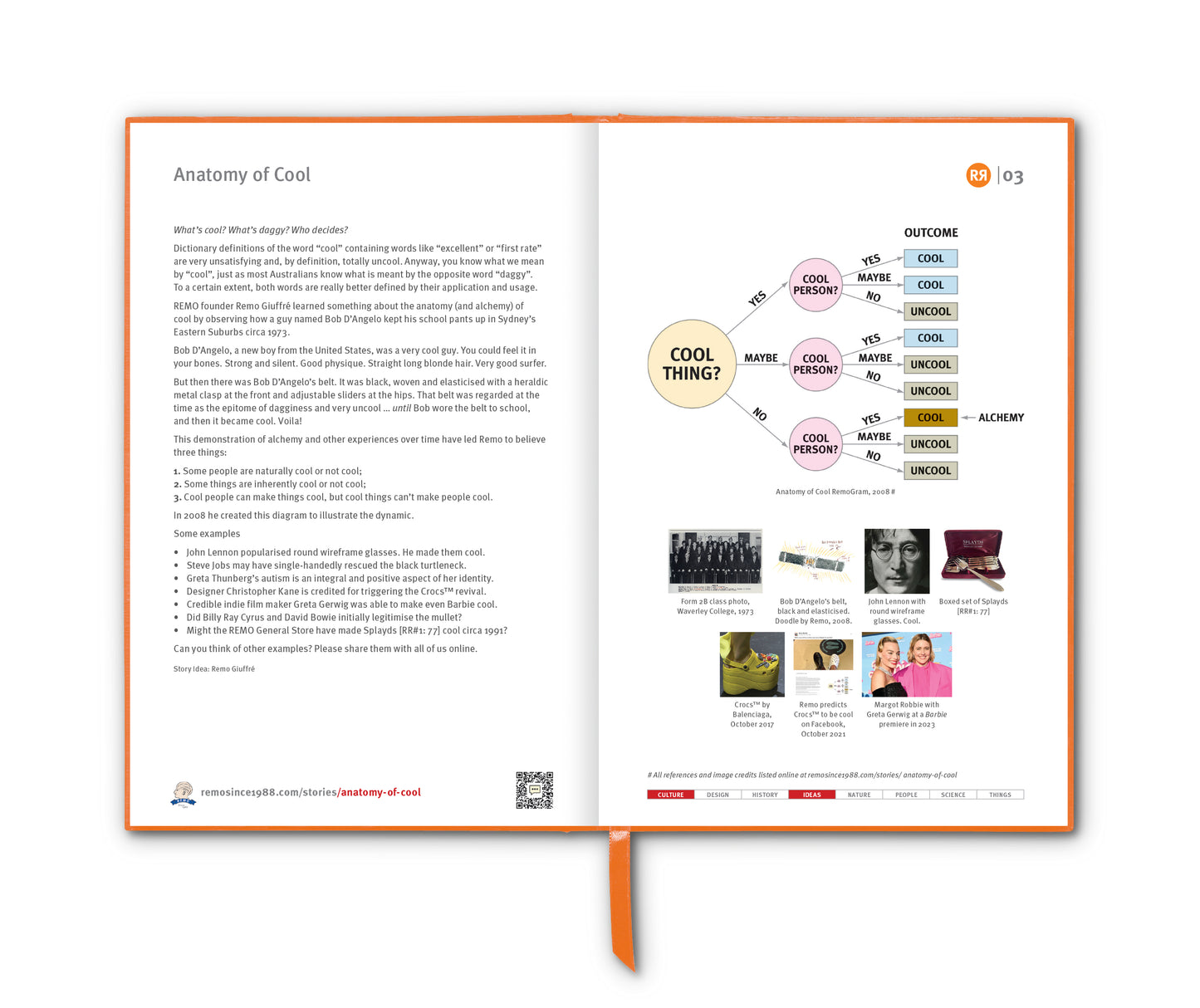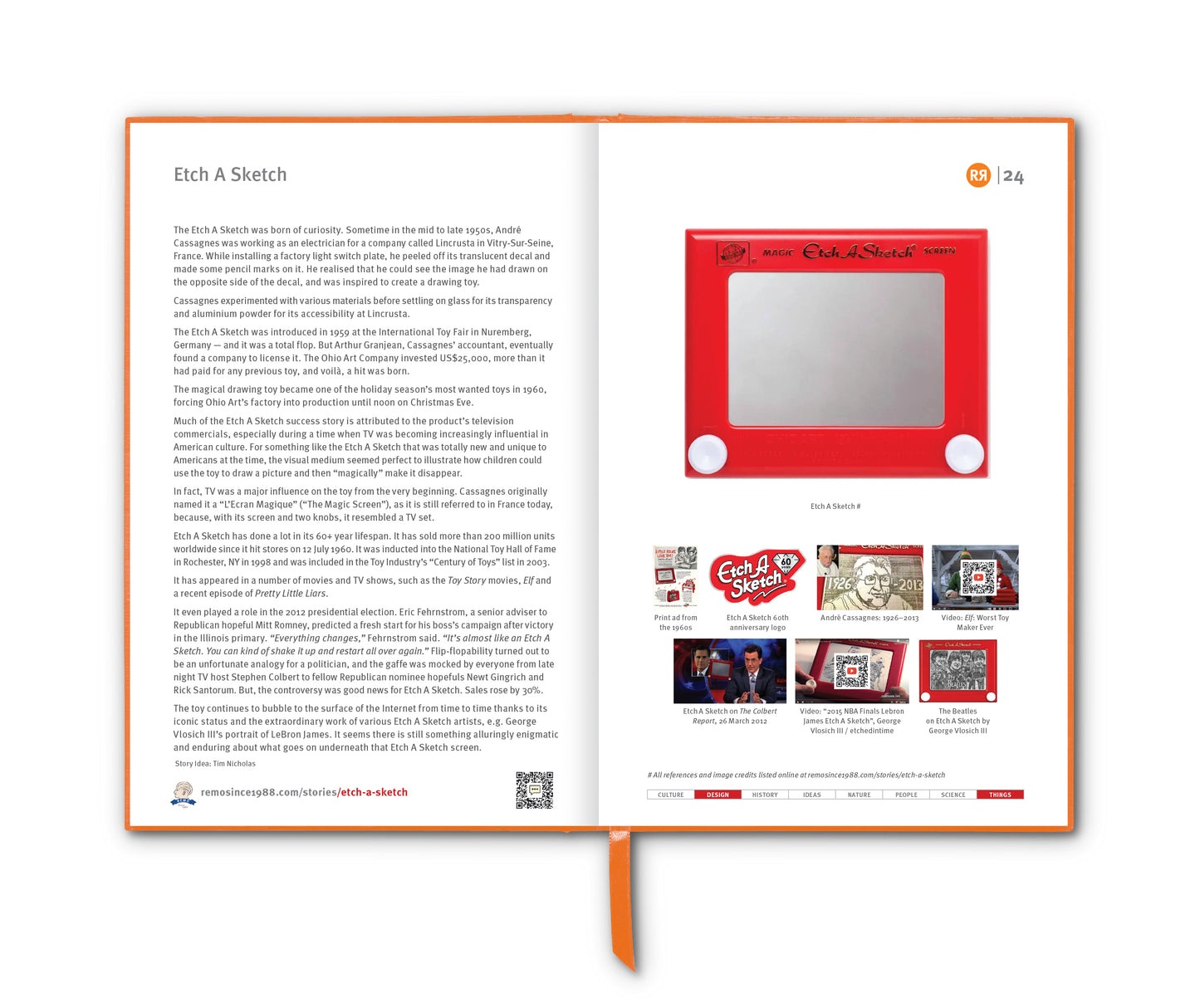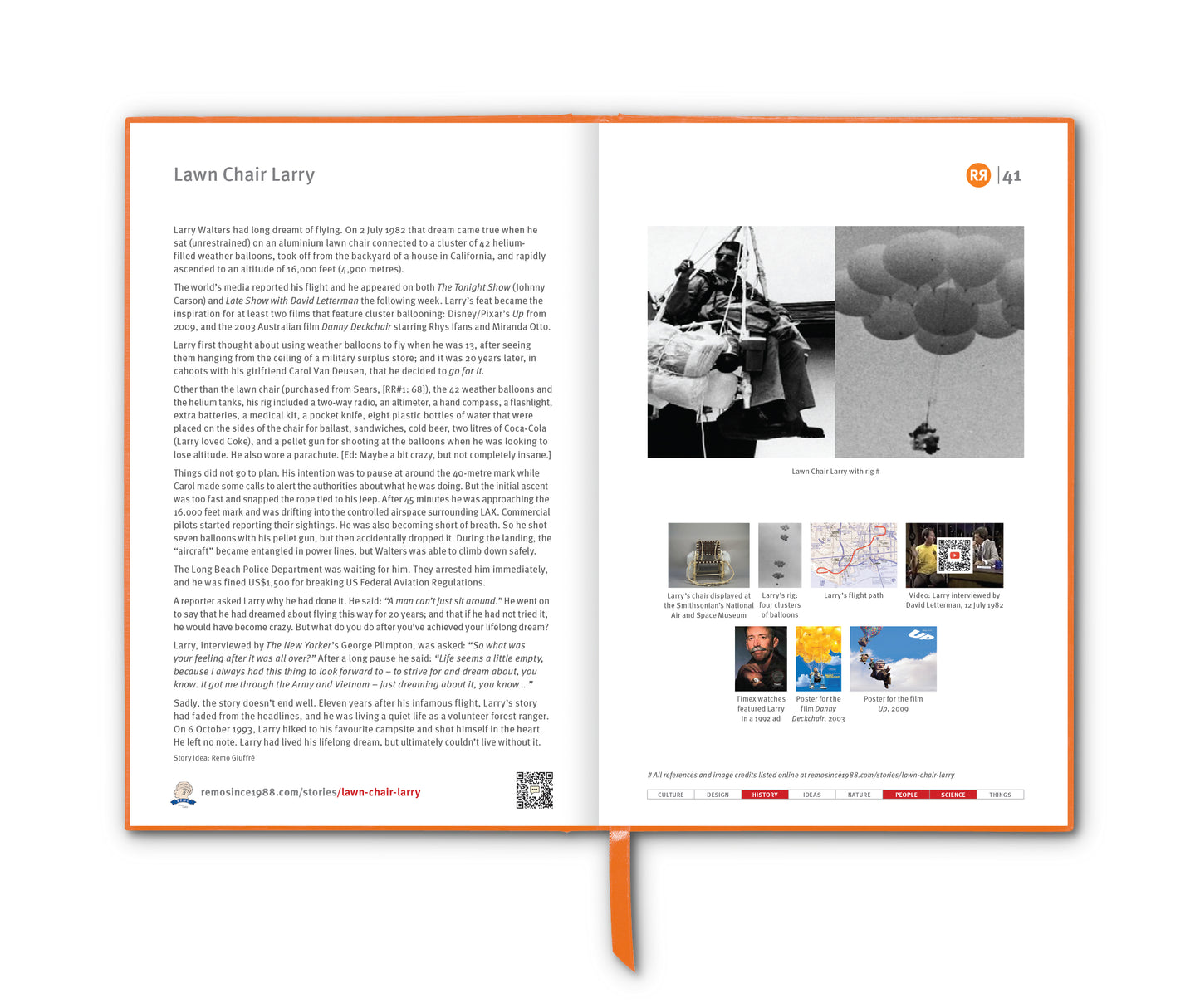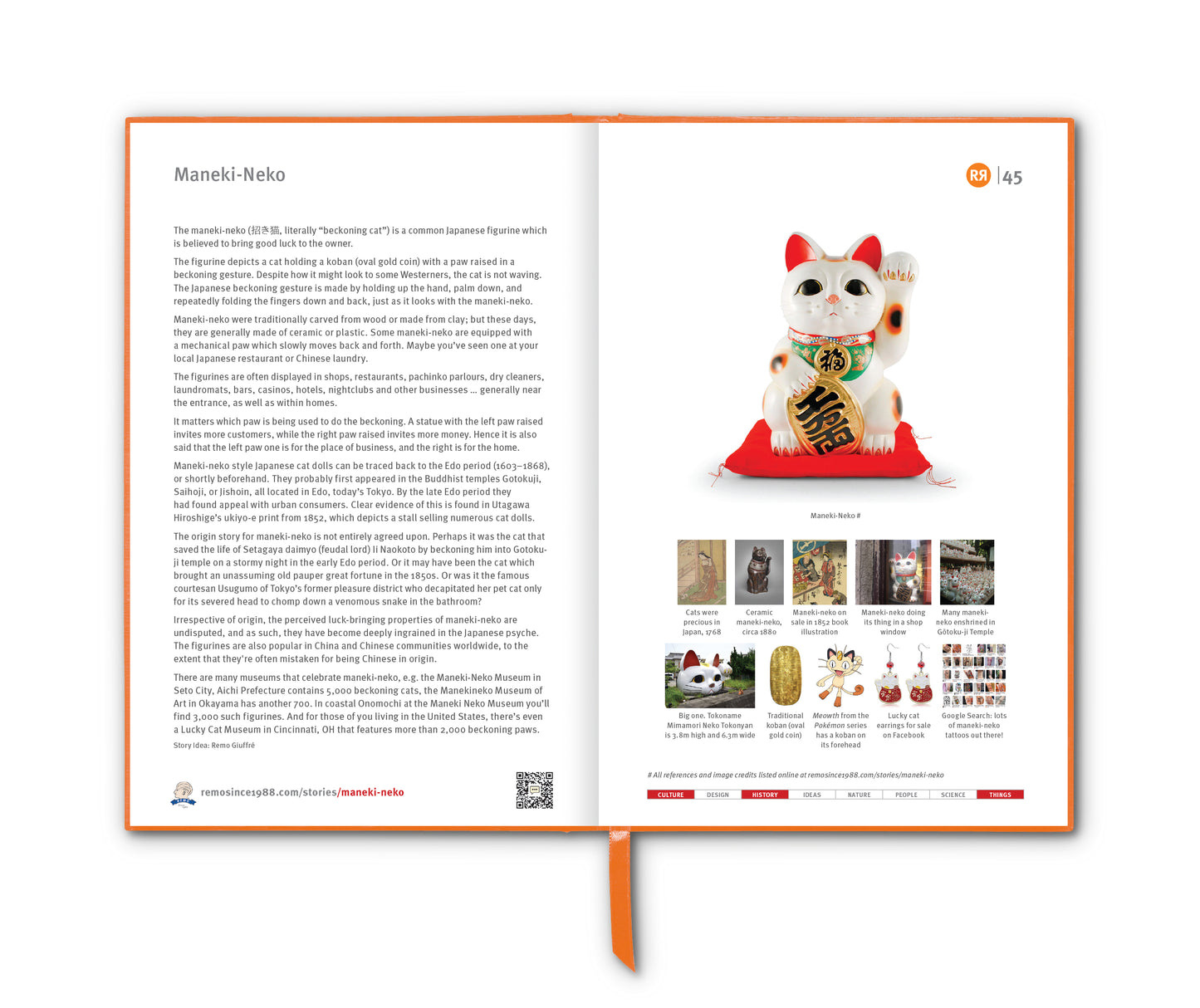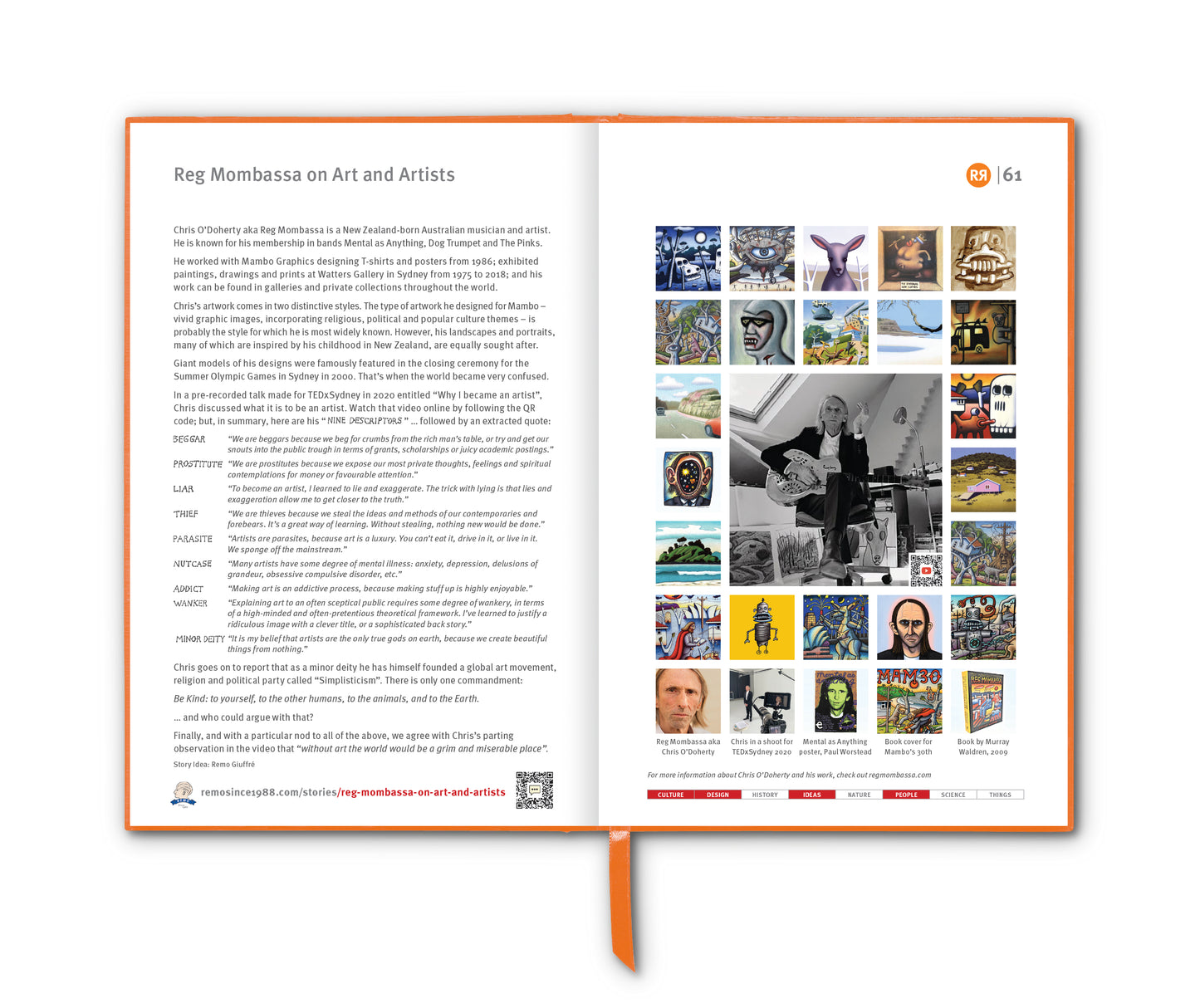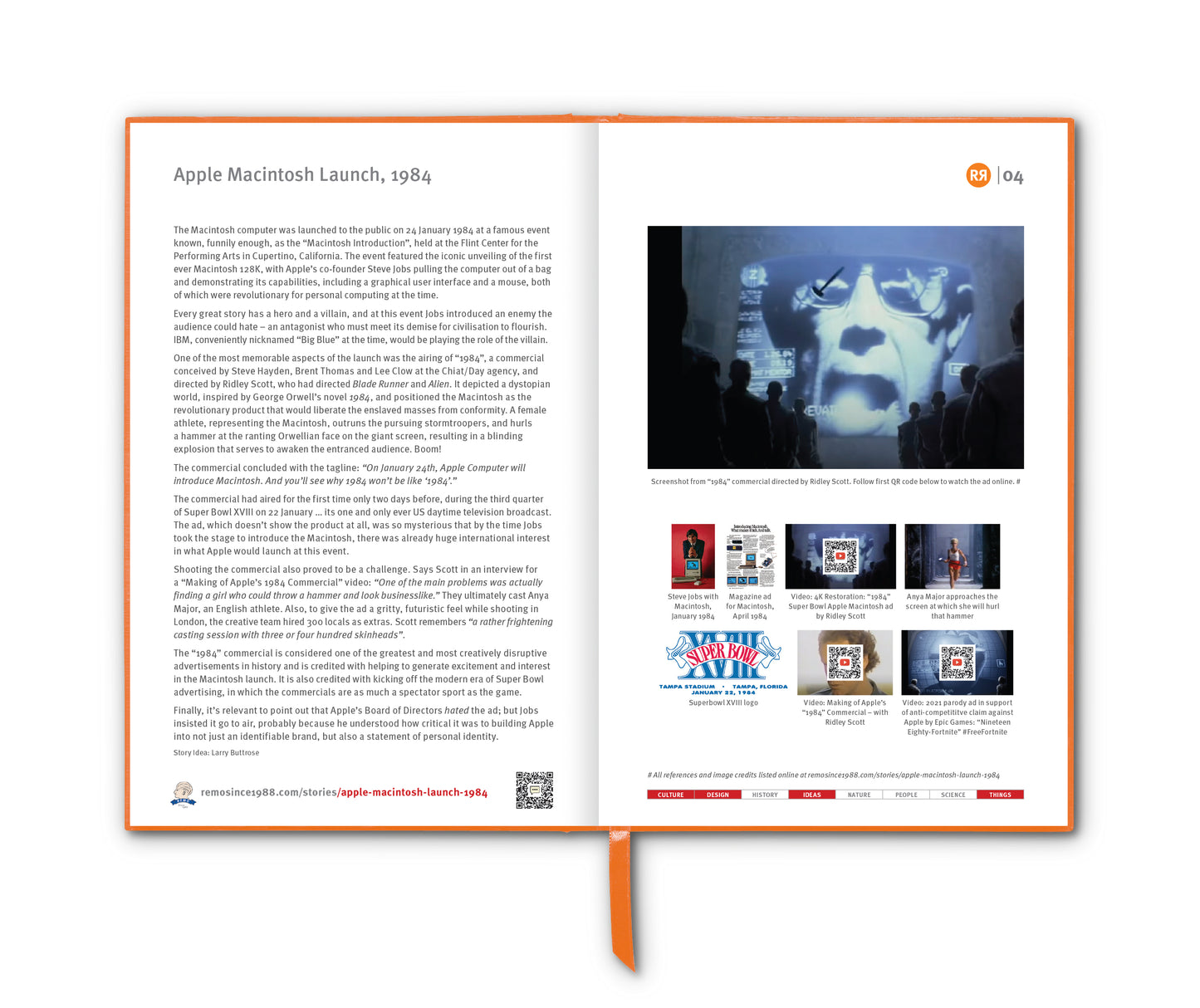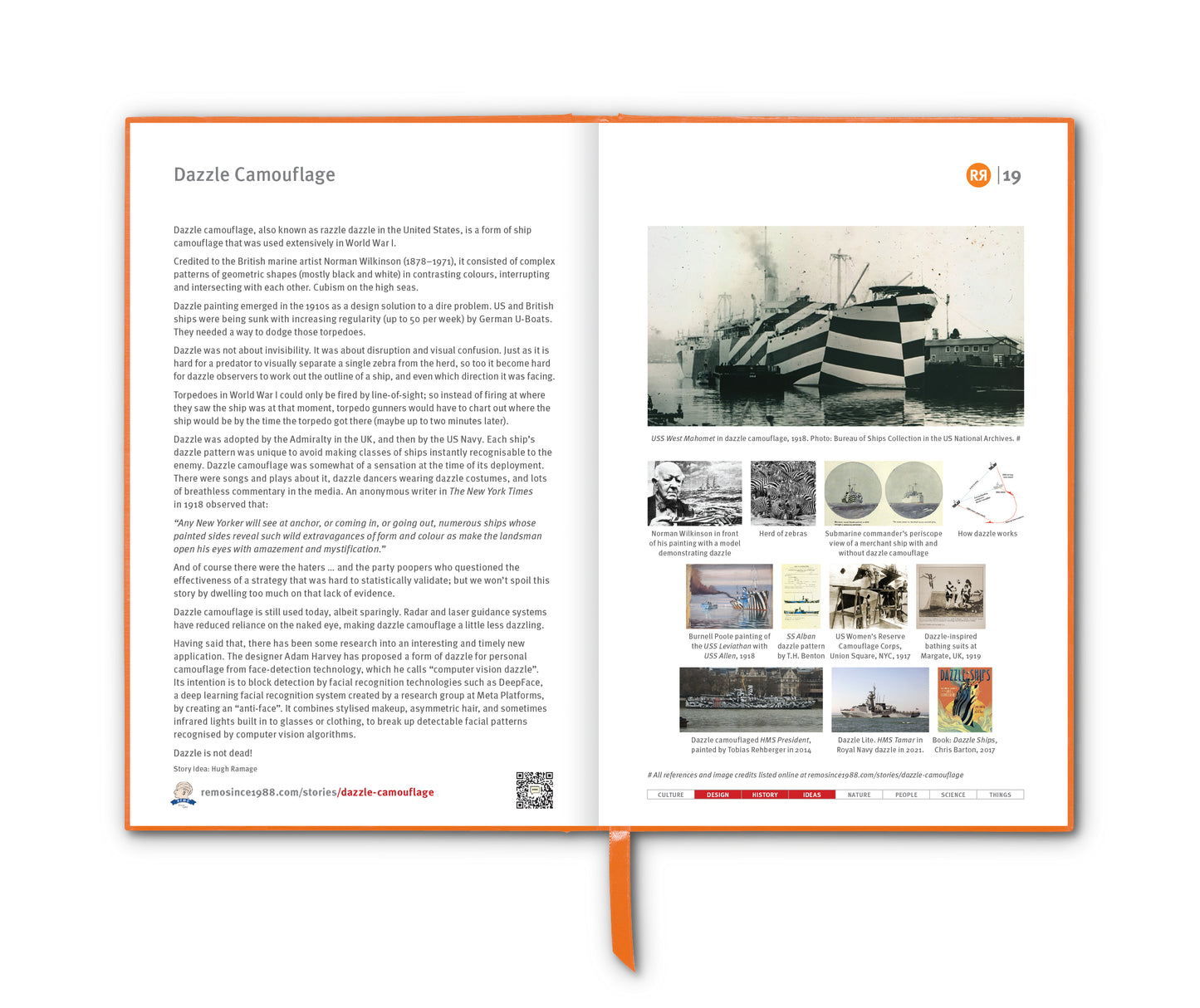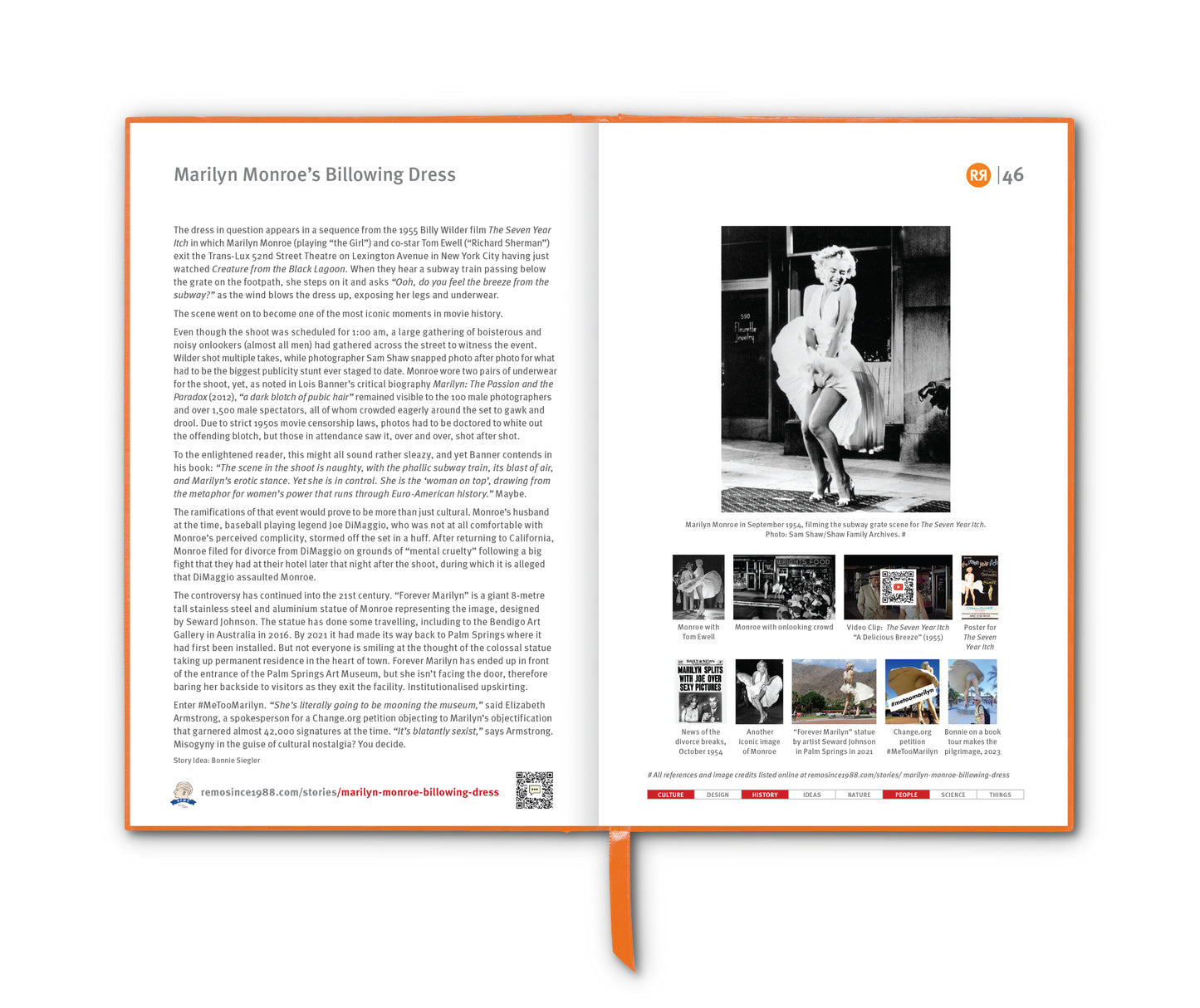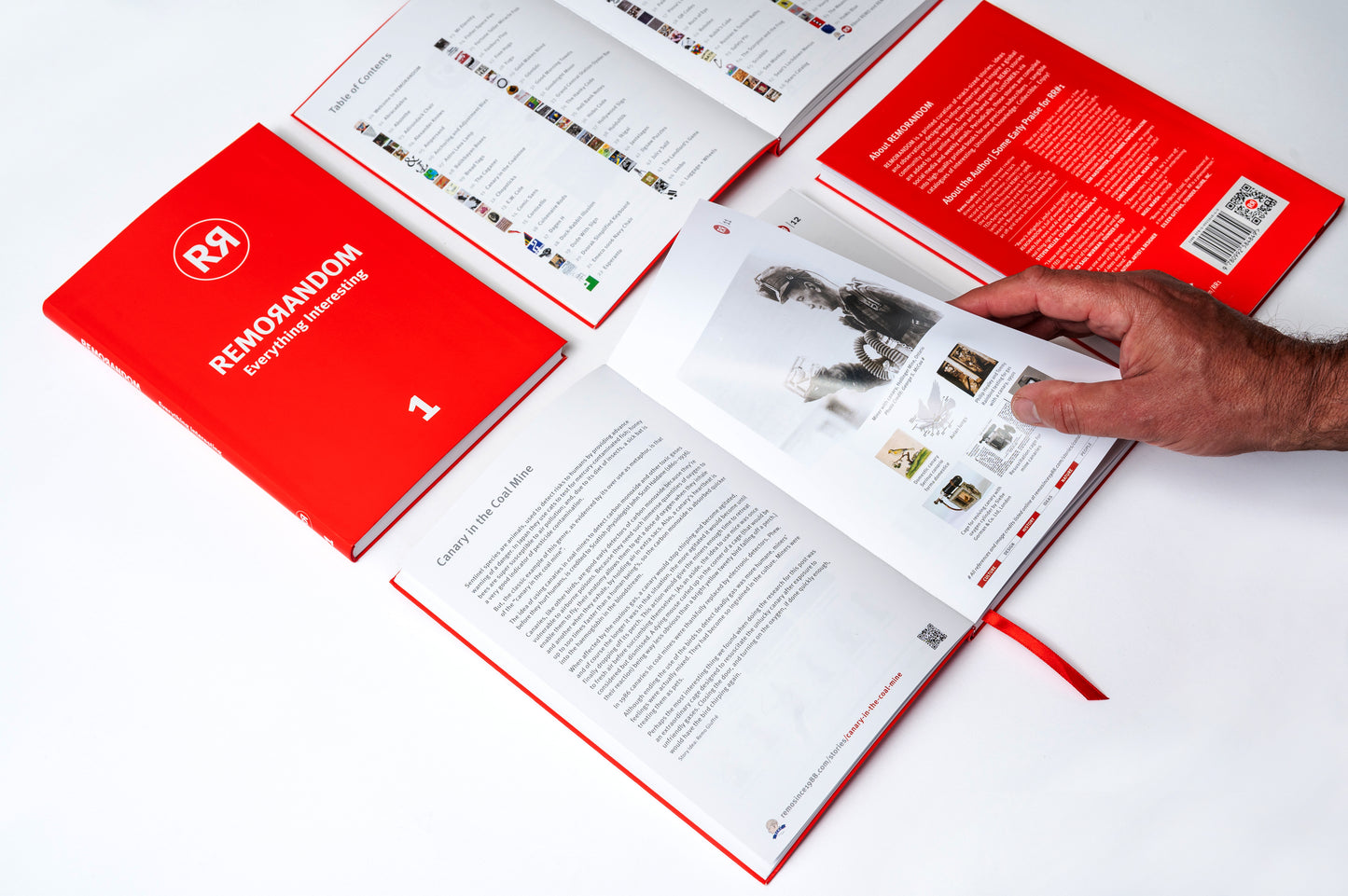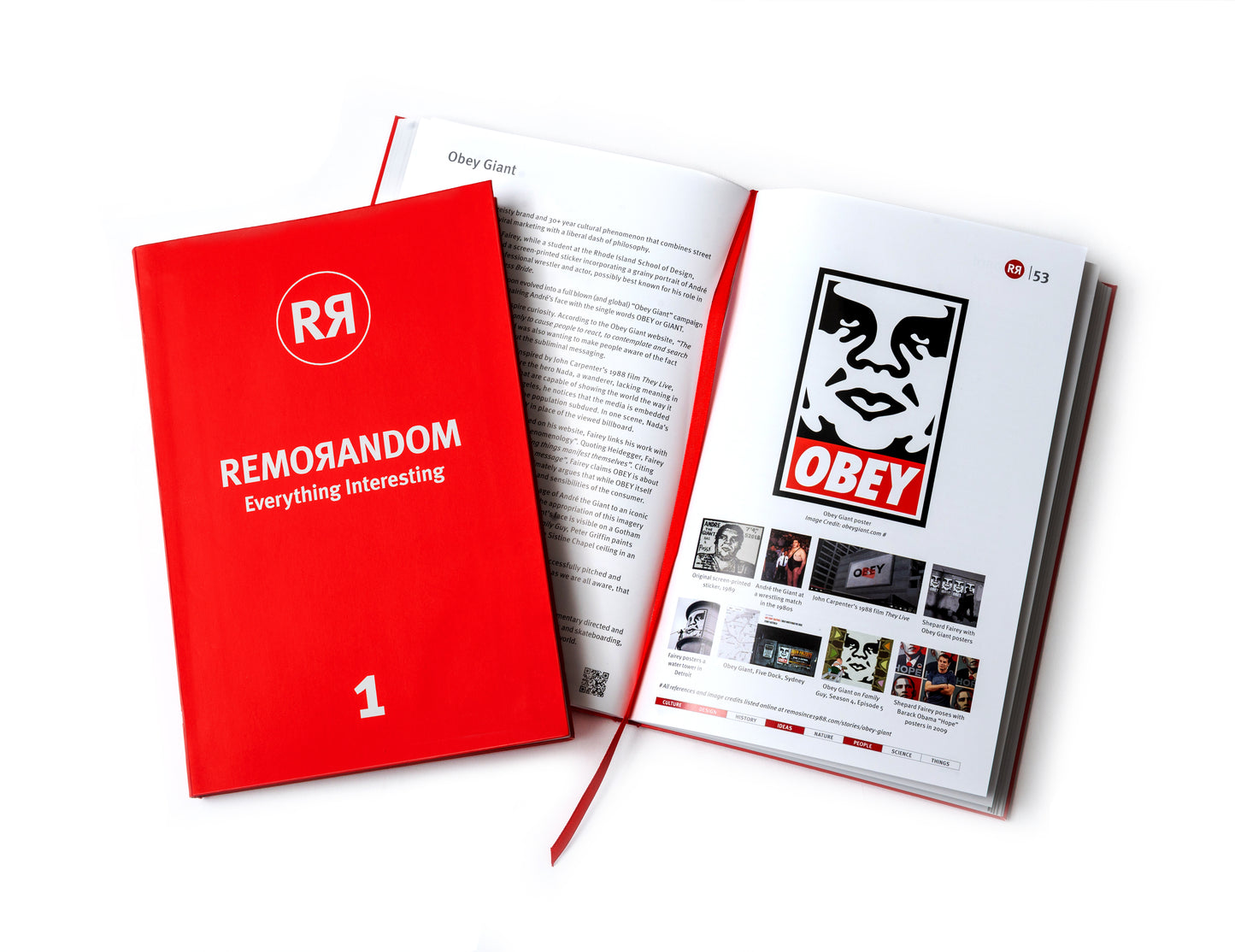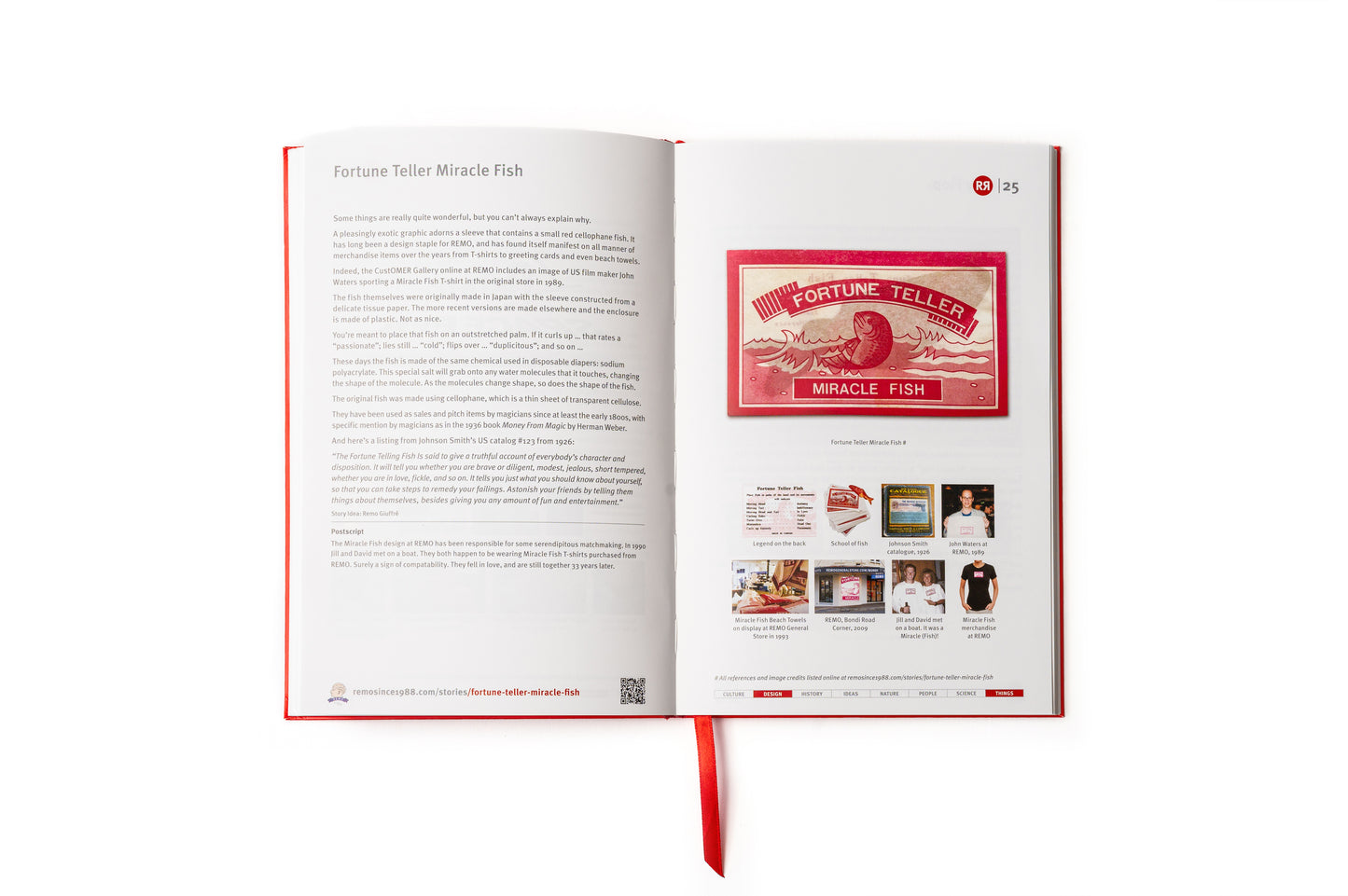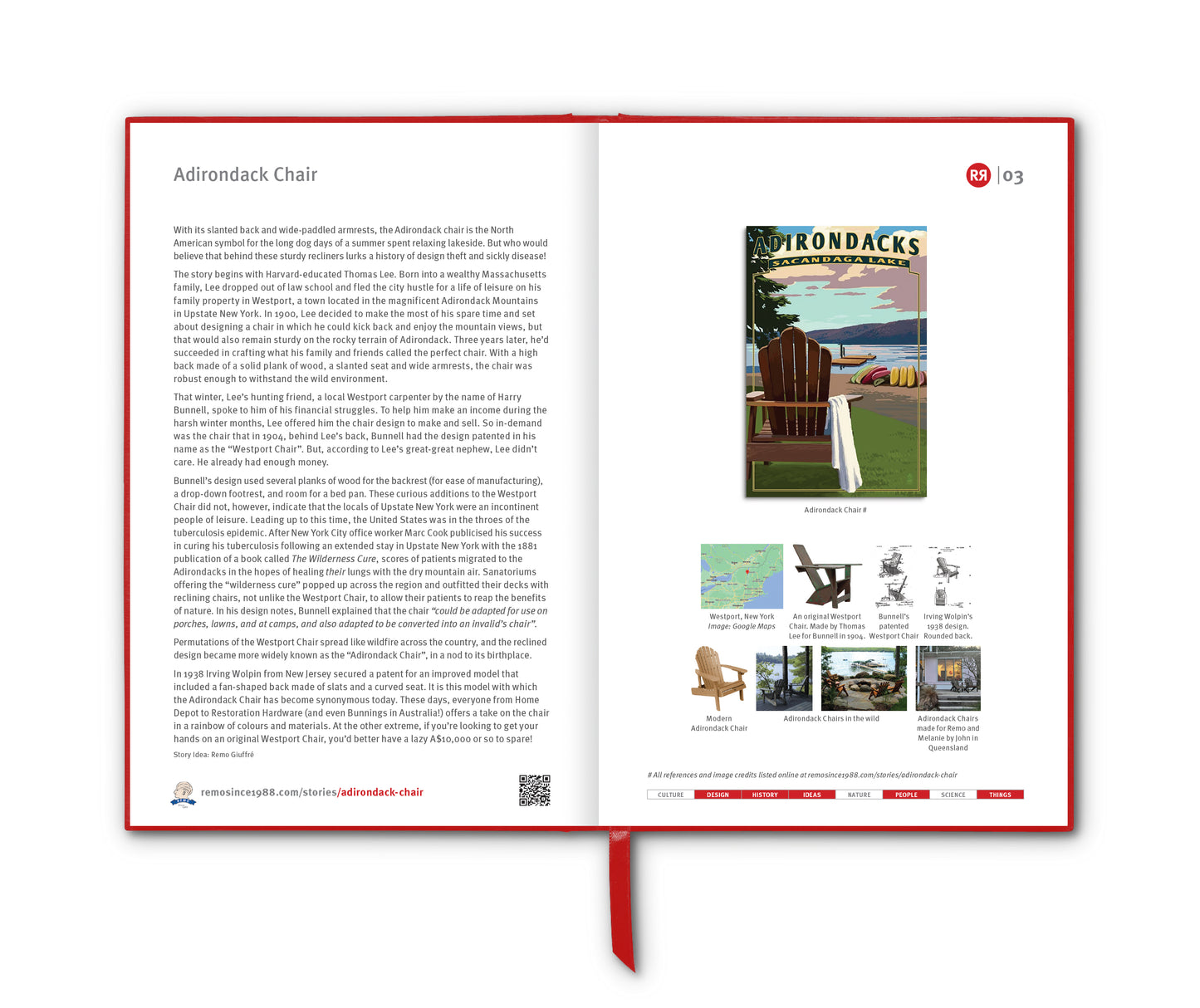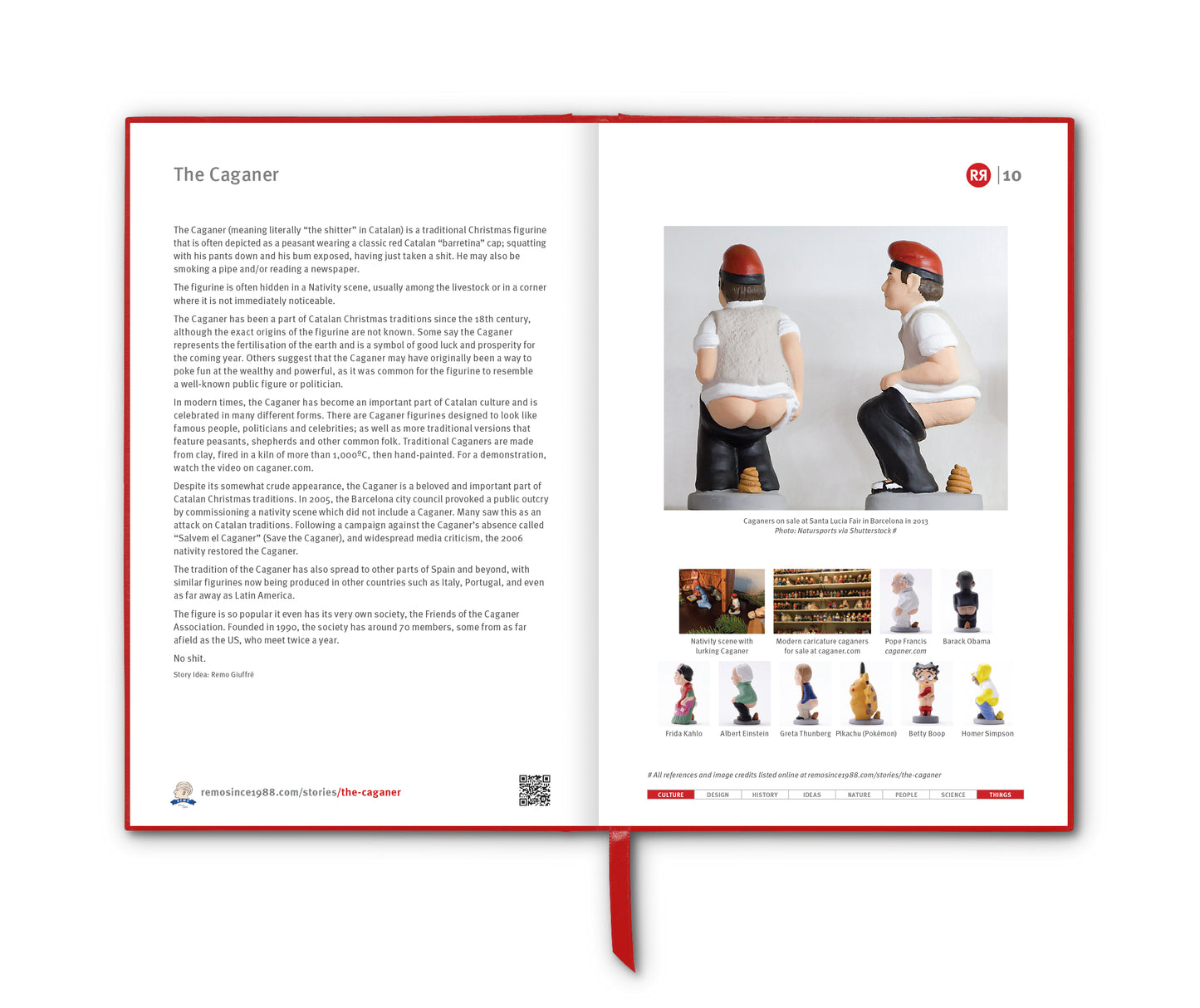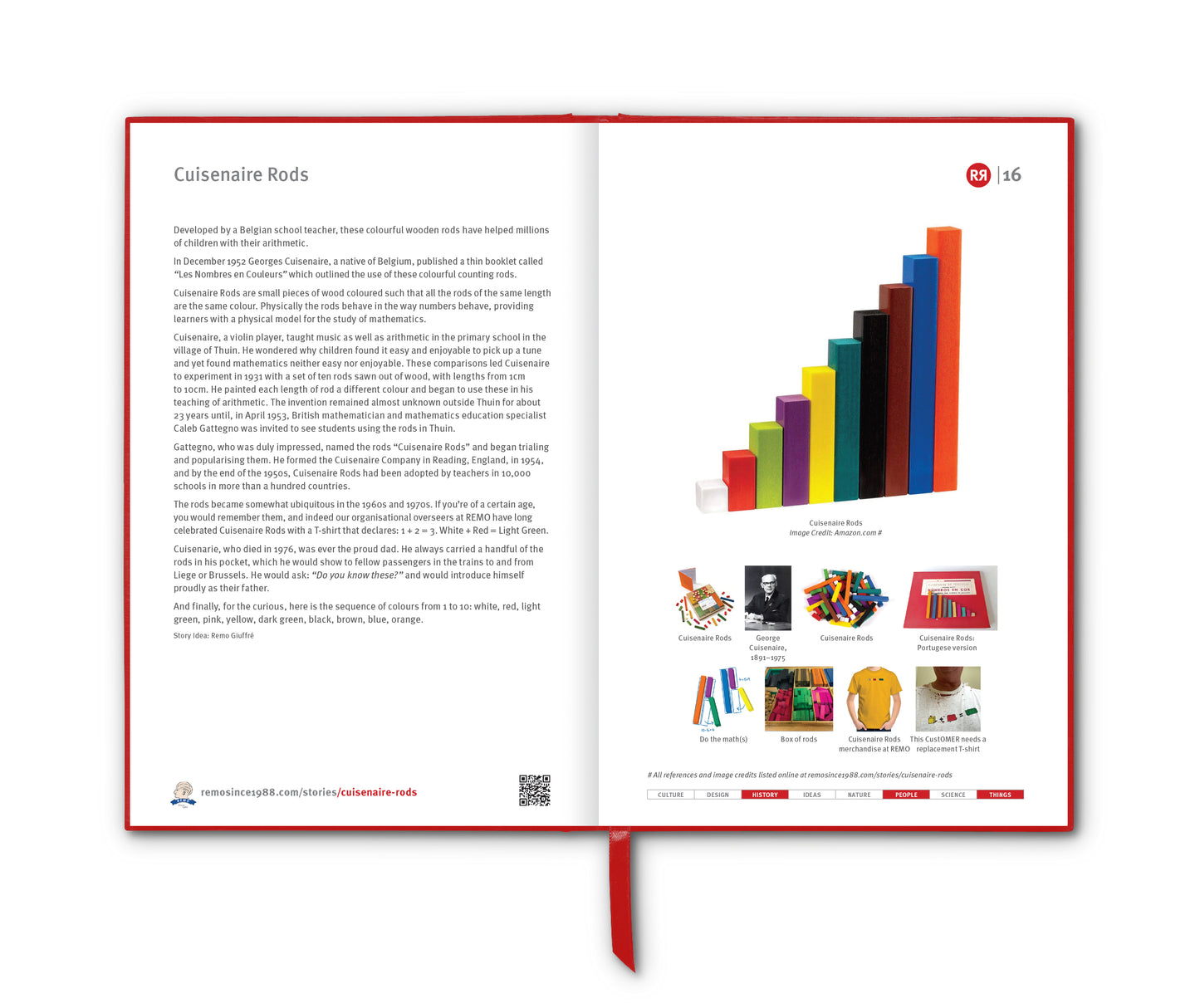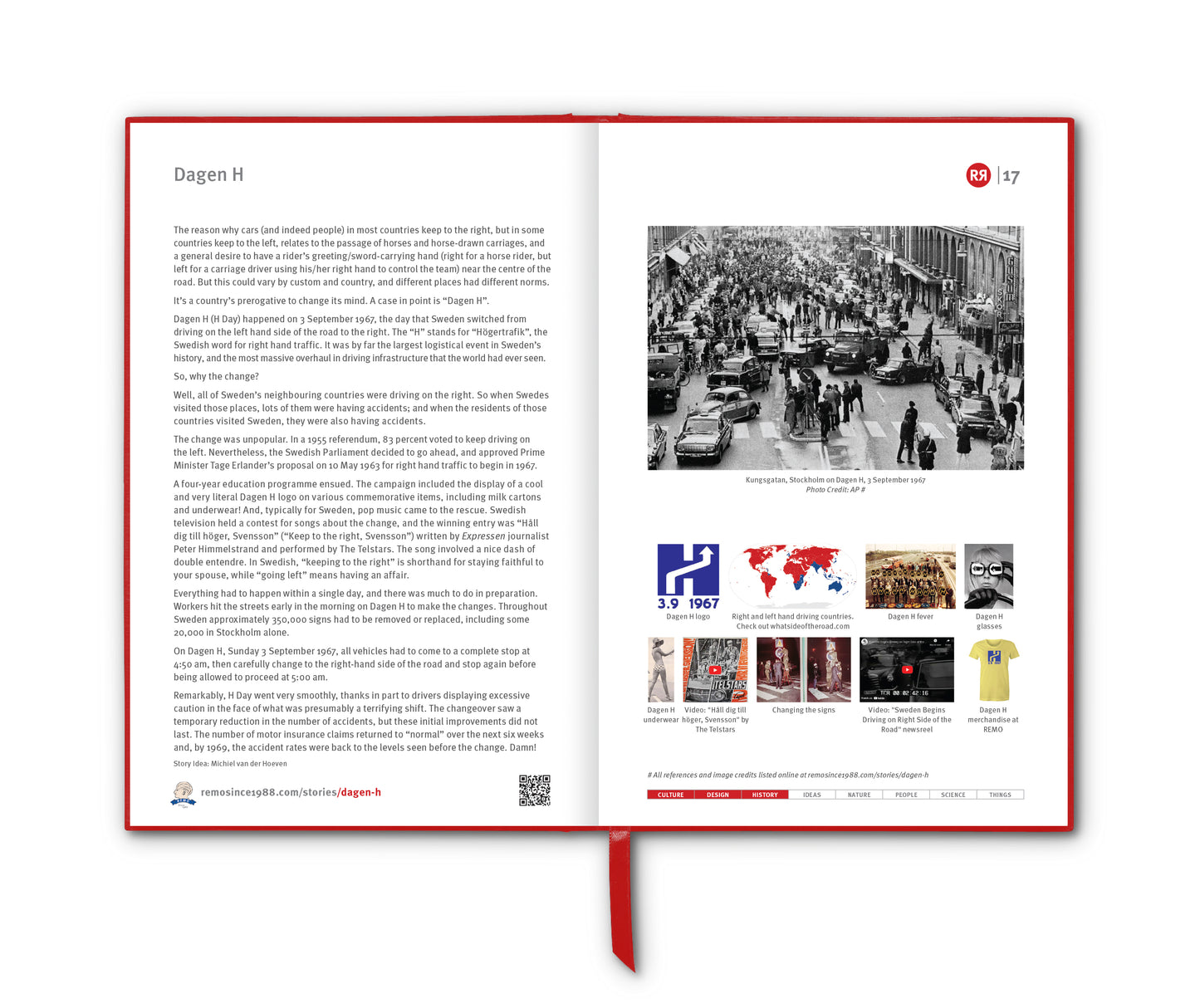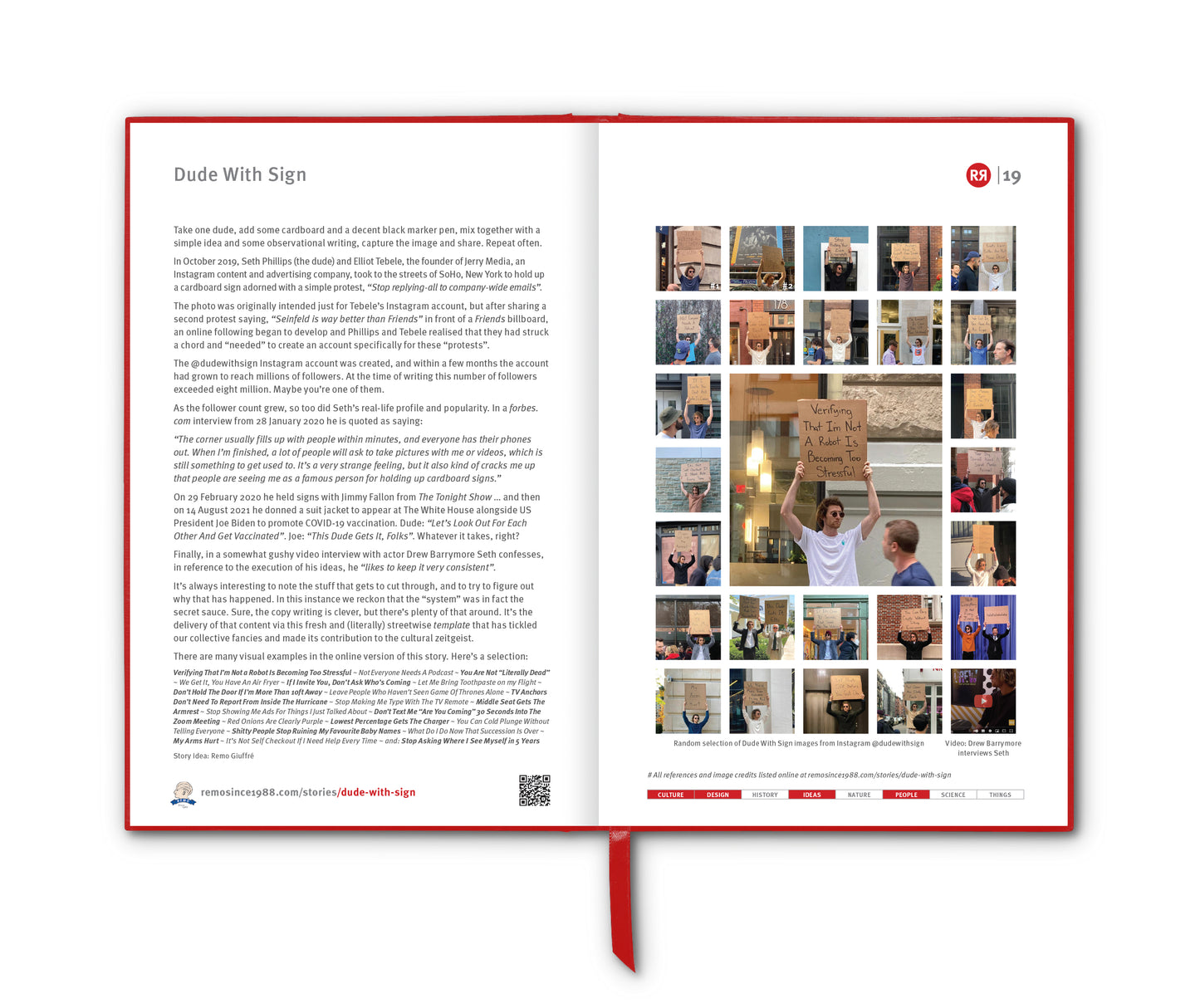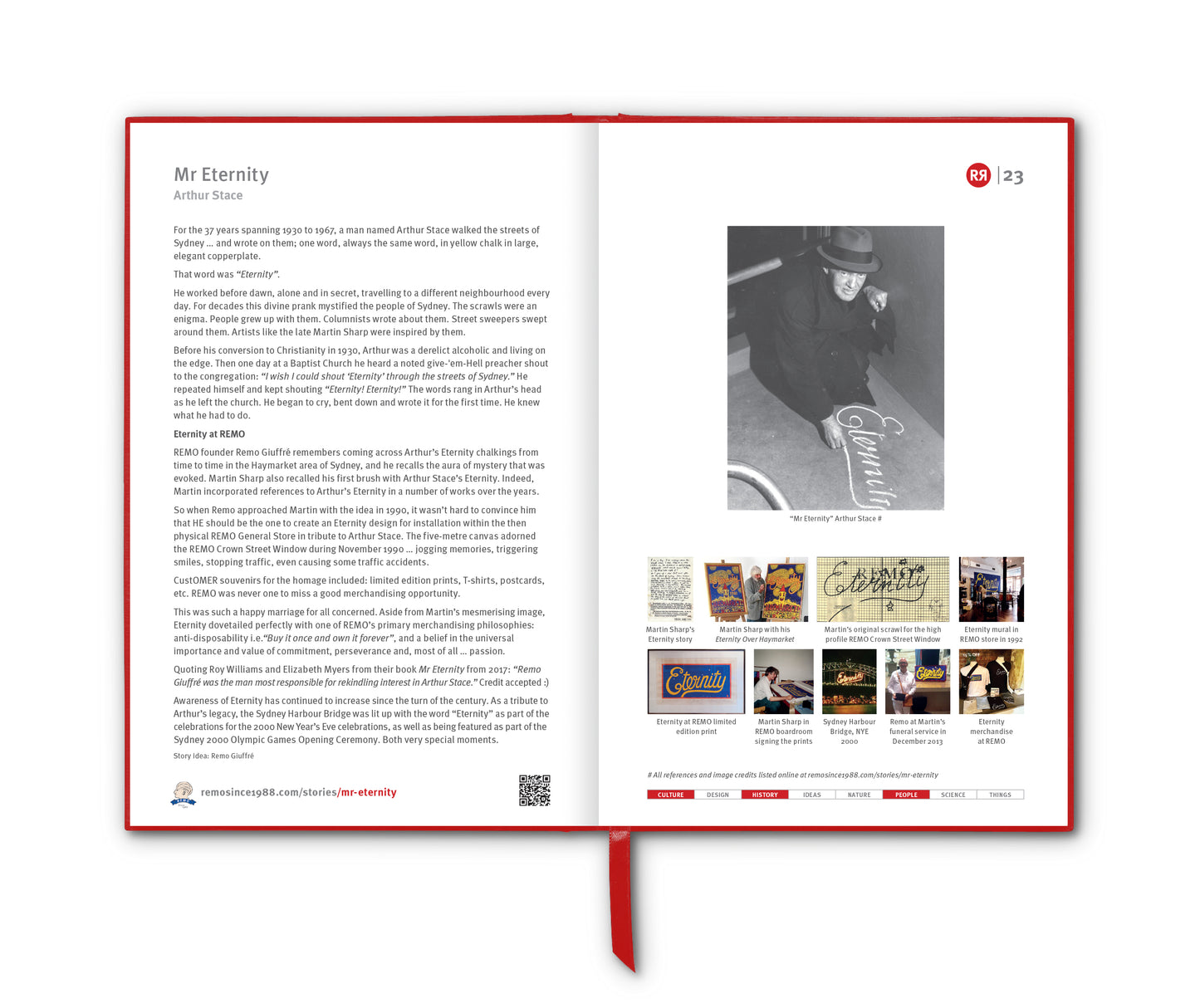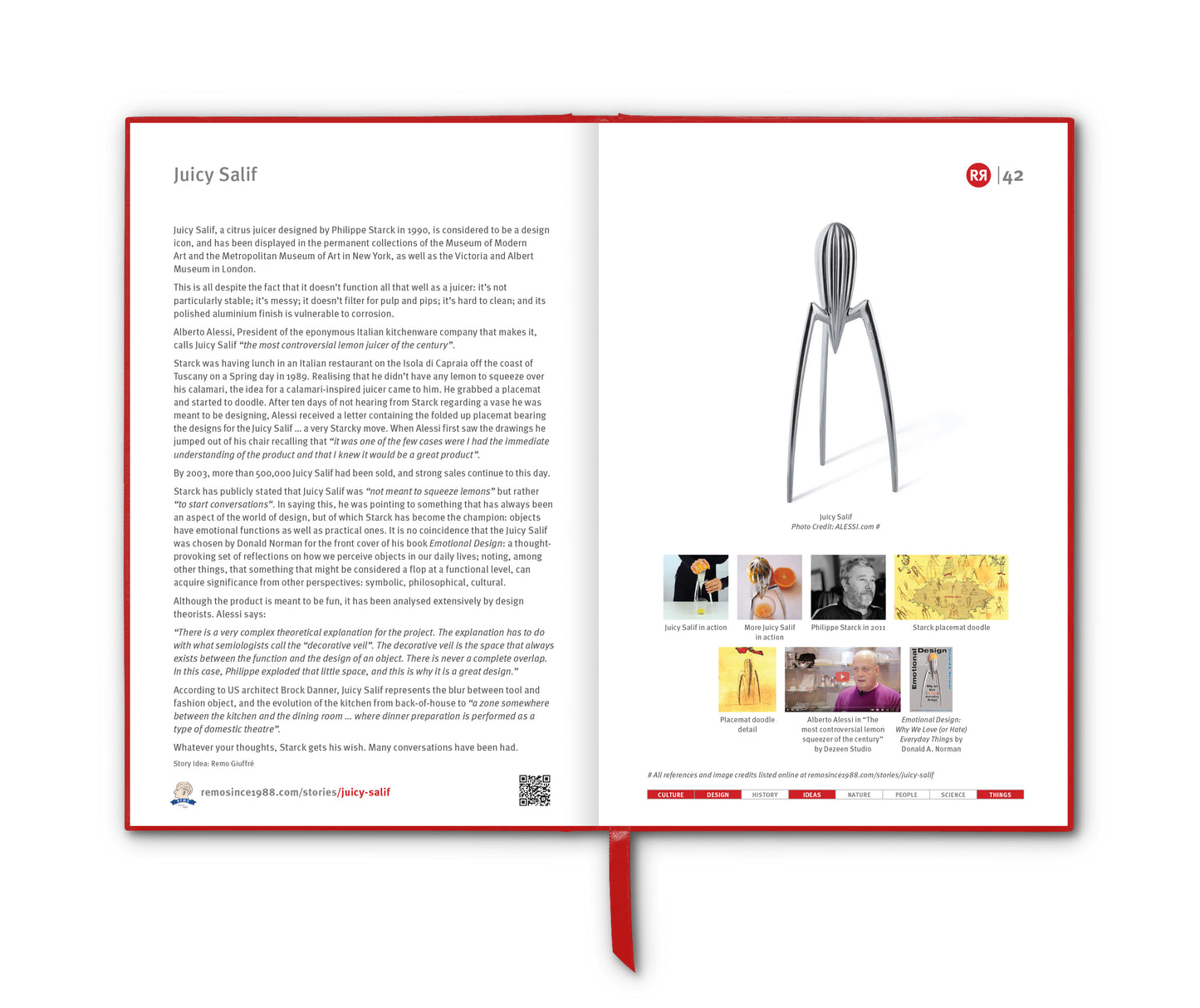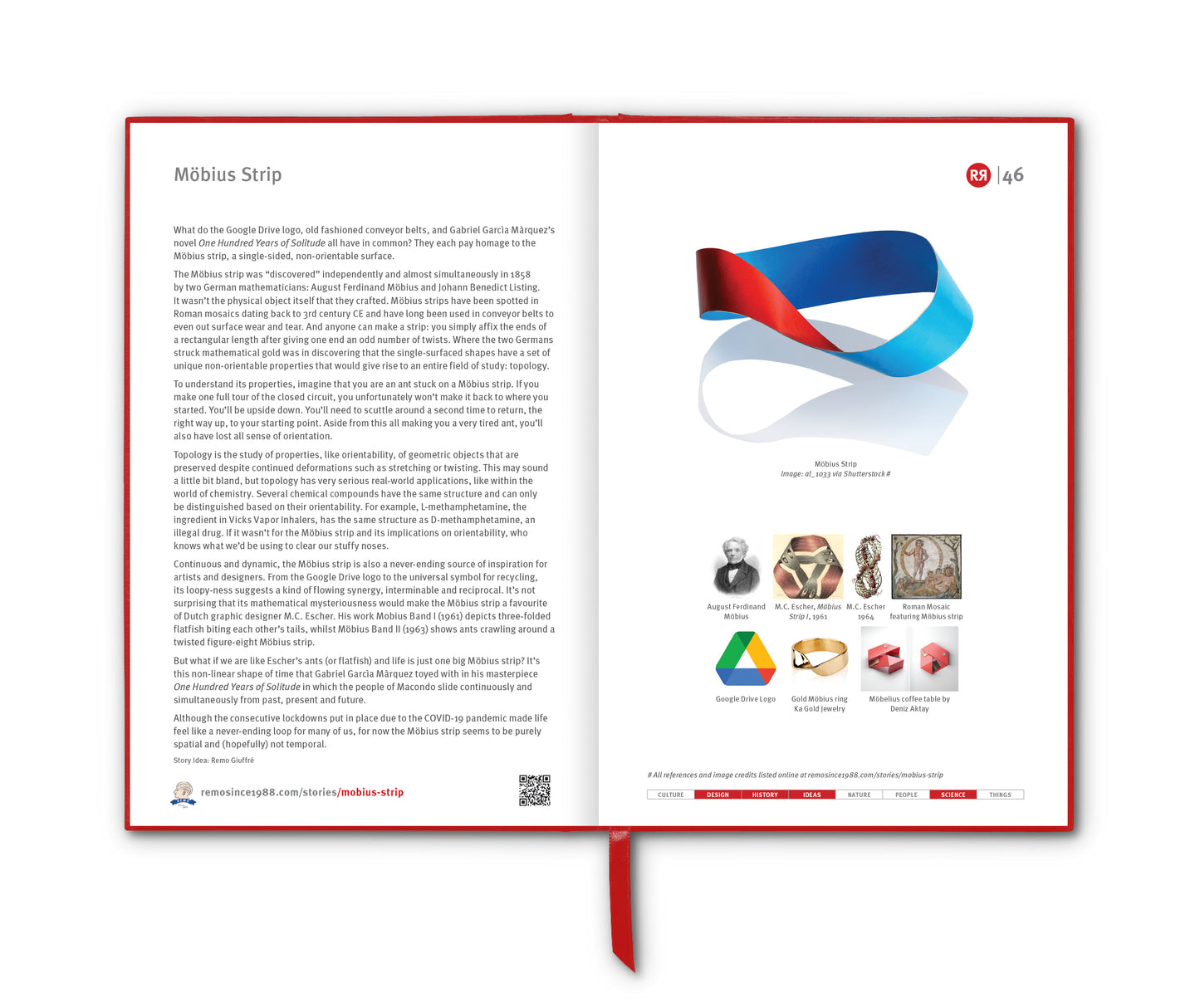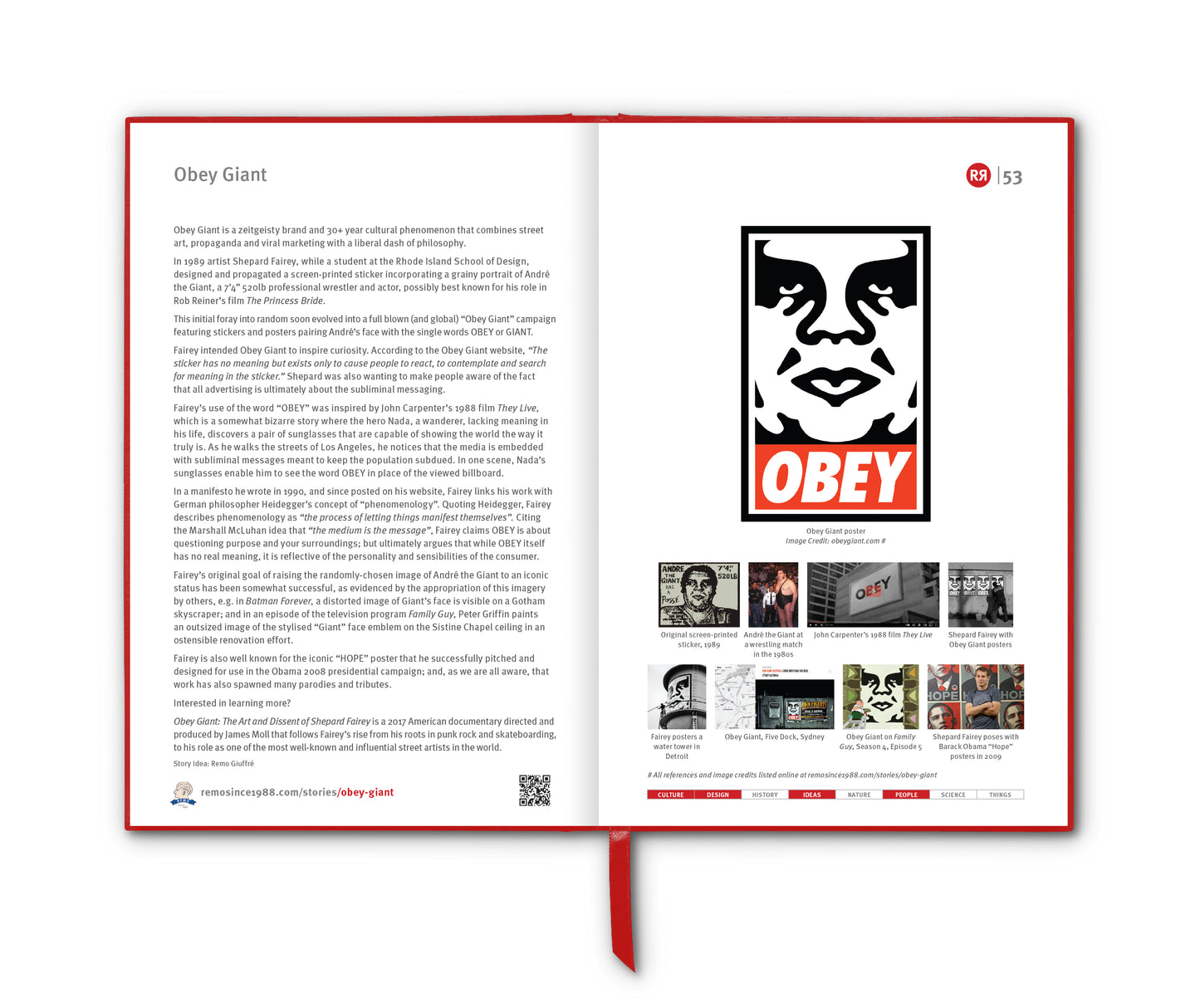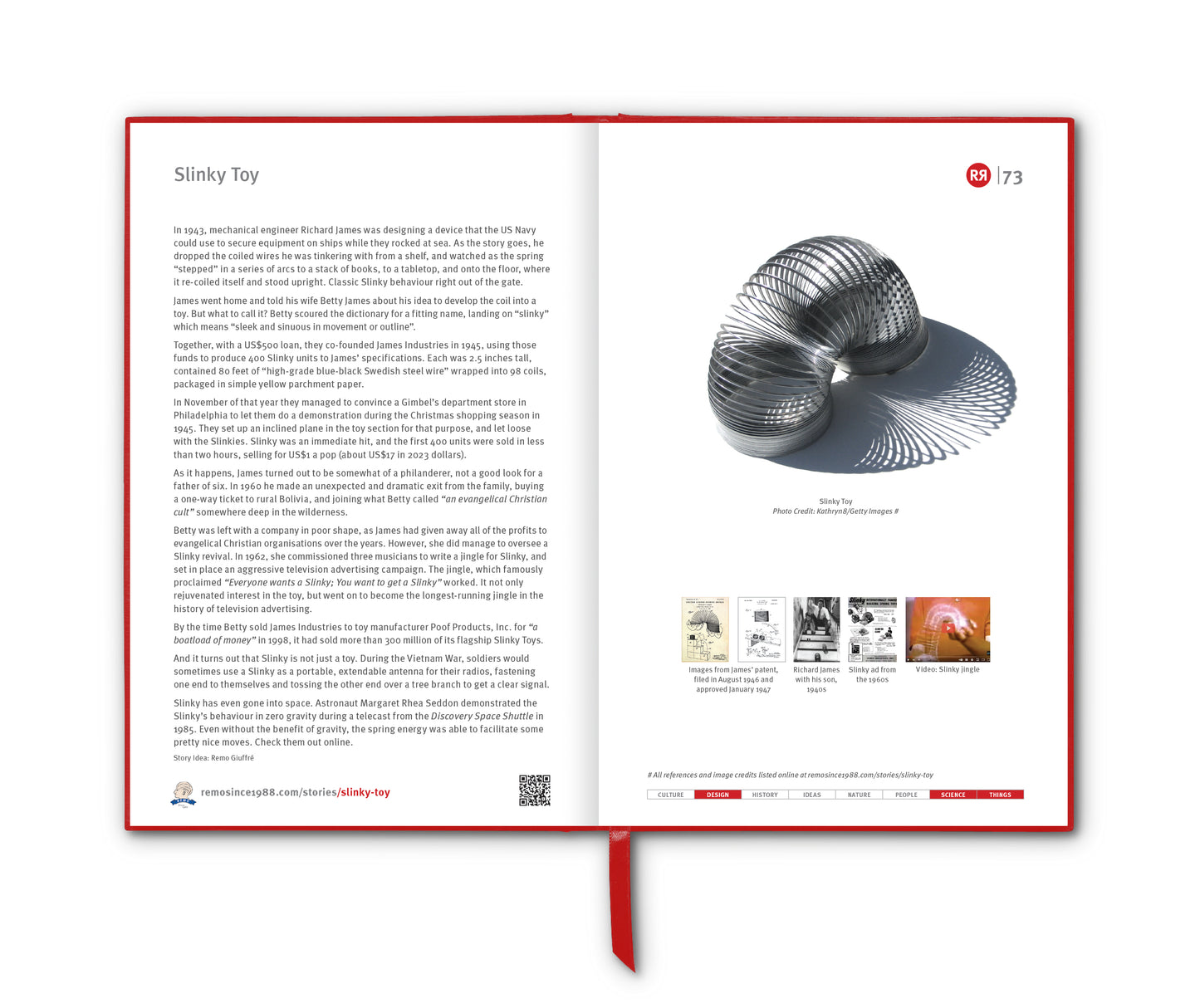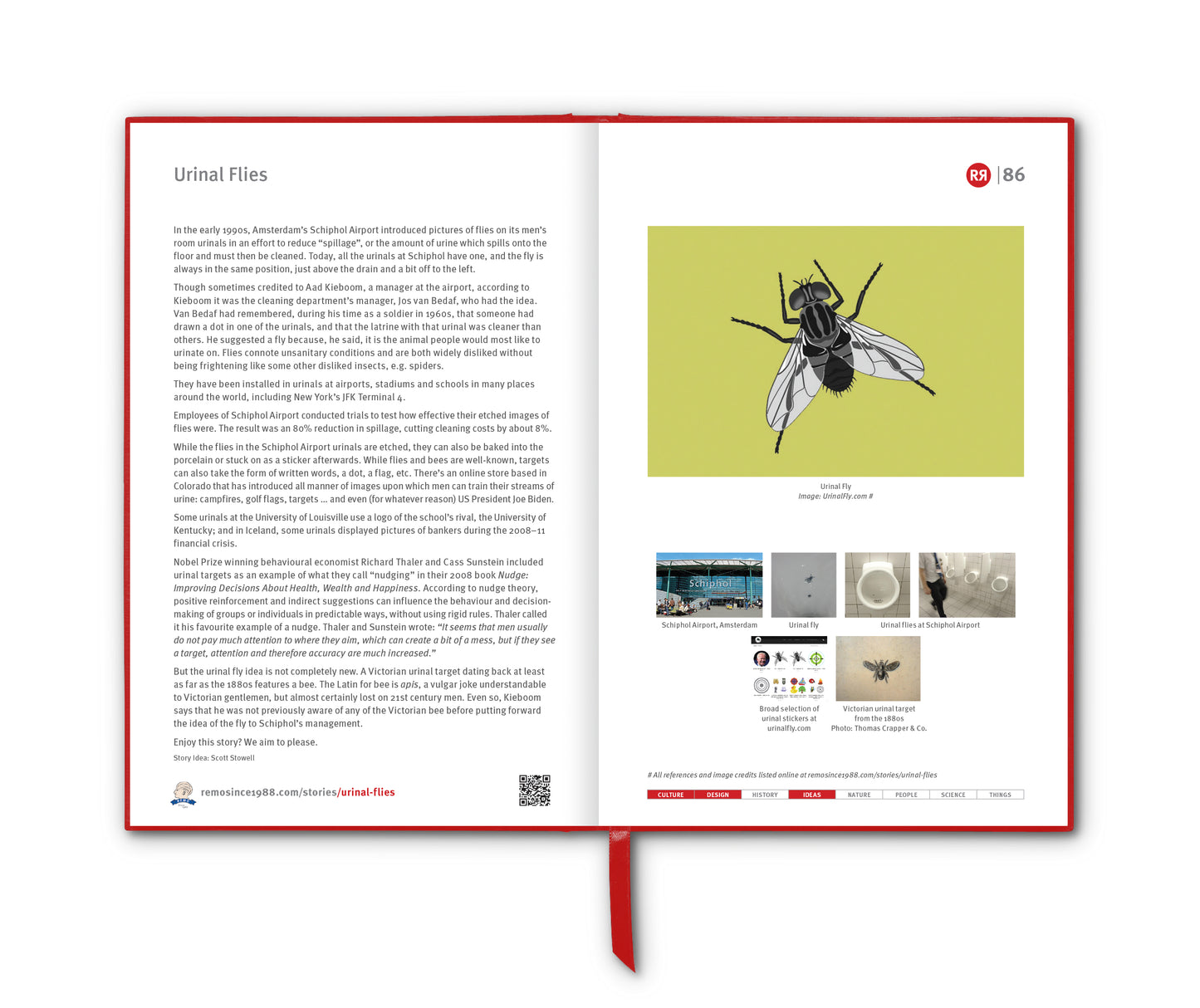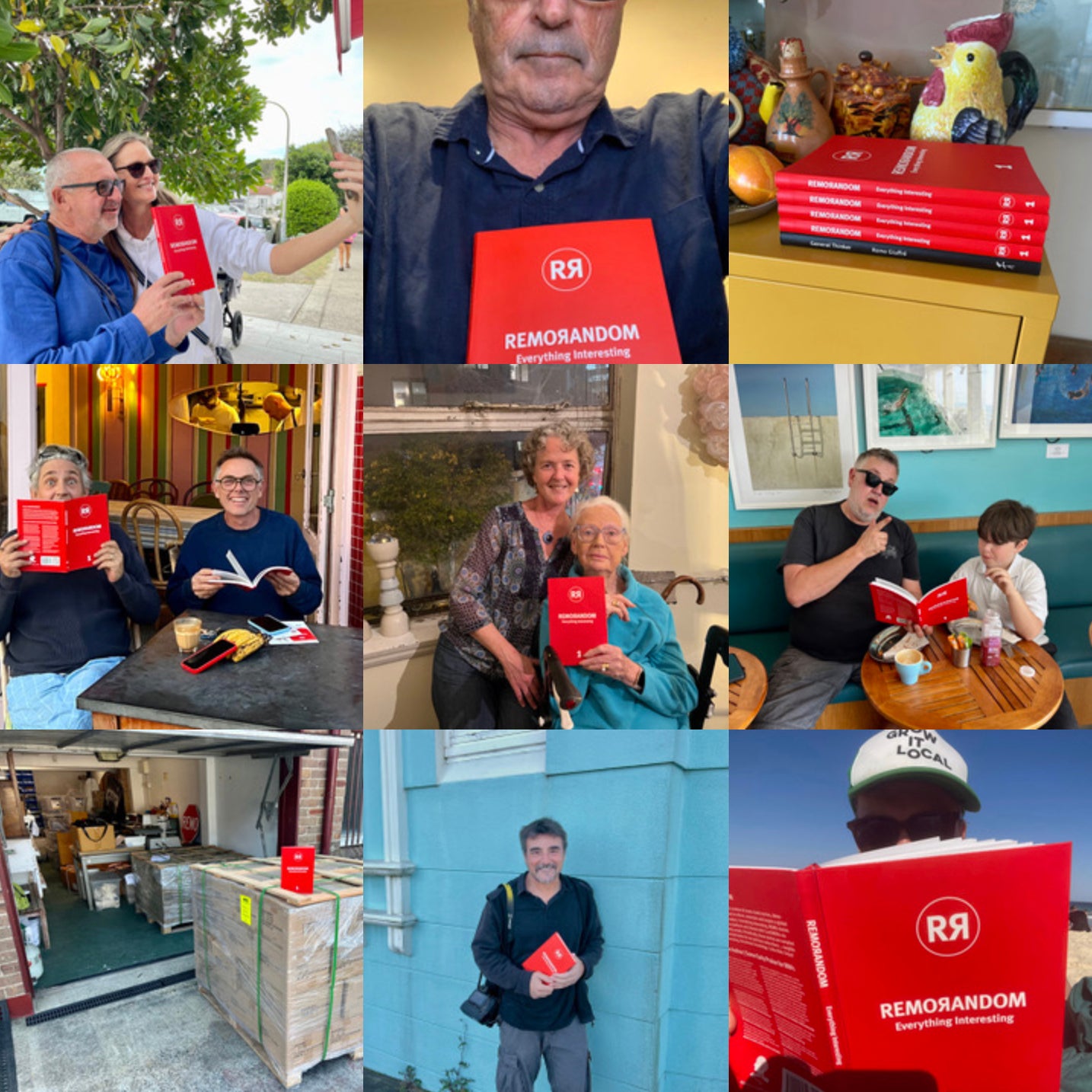The moka pot, also known as the stovetop espresso maker, was invented in 1933 by Alfonso Bialetti, an Italian engineer who ran a small aluminium smelting foundry. It is an industrial object that has remained unchanged since it's first appearance.
The design was inspired by an early 20th-century laundry system that used steam pressure to push soapy water through clothes. Bialetti applied this concept to coffee, creating a simple yet, at the time, revolutionary method for brewing rich, espresso-like coffee at home.
During World War II, Italy faced economic hardship, making espresso coffee an expensive luxury. The moka pot, manufactured by Bialetti, became a household staple, democratising espresso-style coffee. The selling proposition was this: “in casa un espresso come al bar" ("an espresso at home just like at a cafe”).
By the 1950s, with Alfonso’s ambitious son Renato driving the family business, the Moka Express had become an iconic product in Italian homes, and its popularity soon spread worldwide. Renato had a gift for showmanship. Using the medium of television, he popularised his product on the main RAI TV station and created a brand trademark around his distinctive handlebar moustache, as can be seen in the trademark icon, a caricature of a man with a finger raised in the air ordering another cup of coffee.
The moka pot works as a pressure-driven coffee brewer, consisting of three main chambers. The bottom chamber holds water, the middle funnel with a filter basket contains ground coffee, and the top chamber collects the brewed coffee. When placed on a heat source, the water in the bottom chamber heats up, creating steam pressure. This pressure forces hot water up through the coffee grounds and into the top chamber, resulting in a strong, concentrated coffee – similar to espresso but with a slightly lighter body and less crema.
While Bialetti is the most iconic and widely recognised brand, several other manufacturers – e.g. Alessi, Pezzetti and Ilsa – produce high-quality moka pots with unique designs and features. Despite the competition, Bialetti remains the industry leader, largely because of its historical legacy, quality craftsmanship and cultural significance.
In Italy, the moka pot is a symbol of home coffee culture, found in almost every kitchen. It represents ritual, tradition and simplicity – a daily routine of making and sharing coffee with family. In Latin America, particularly Cuba and Argentina, it’s also widely used. In Cuba, it’s central to the cafecito tradition – strong, sweet espresso served in small cups. Countries like Spain, Portugal, and the Balkans also have deep moka pot traditions, often using dark roasts and finely ground coffee.
Beyond its function, the moka pot has also become an icon of industrial design. Its octagonal shape and Art Deco aesthetic have made it a permanent fixture in museums like the Museum of Modern Art (MoMA) in New York. The original Bialetti Moka Express, with its mustachioed mascot (a nod to Alfonso Bialetti), remains a best-seller and a symbol of Italian coffee culture.
Despite the rise of espresso machines, pod systems and pour-over methods, the moka pot remains popular due to its affordability, simplicity and sustainability. It requires no electricity, uses no disposable pods or filters, and delivers a bold, rich coffee experience.
Postscript
Alfonso Bialetti is the grandfather of famous Italian designer and manufacturer Alberto Alessi. See also Juicy Salif [RR1:43]. Makes sense.
_______________________
References
wikipedia.org/wiki/Moka_pot
archive.nytimes.com/6thfloor.blogs.nytimes.com/2011/09/01/who-made-that-moka-express
researchgate.net/publication/249105376_The_Romance_of_Caffeine_and_Aluminum
owlcation.com/humanities/Italian-Stovetop-Coffee
Images
1. Bialetti Moka Express alongside patent drawing from 1951
2. Alfonso Bialetti on the right
3. The Bialetti mascot "l’omino con i baffi" ("the mustachioed little man") – a caricature of Alfonso's son, Renato Bialetti, by Illustrator Paolo "Paul" Campani.
4. Moka pot workings
5. Main components of a Bialetti Moka Express pot. Credit: Jcmontero
6. Bialetti Moka Express. Credit: Bialetti
7. Moka Express fountain display, Milan Fair, 1956. Credit: Bialetti
8. Stainless steel Bialetti "Moon Exclusive". Credit: Bialetti





























